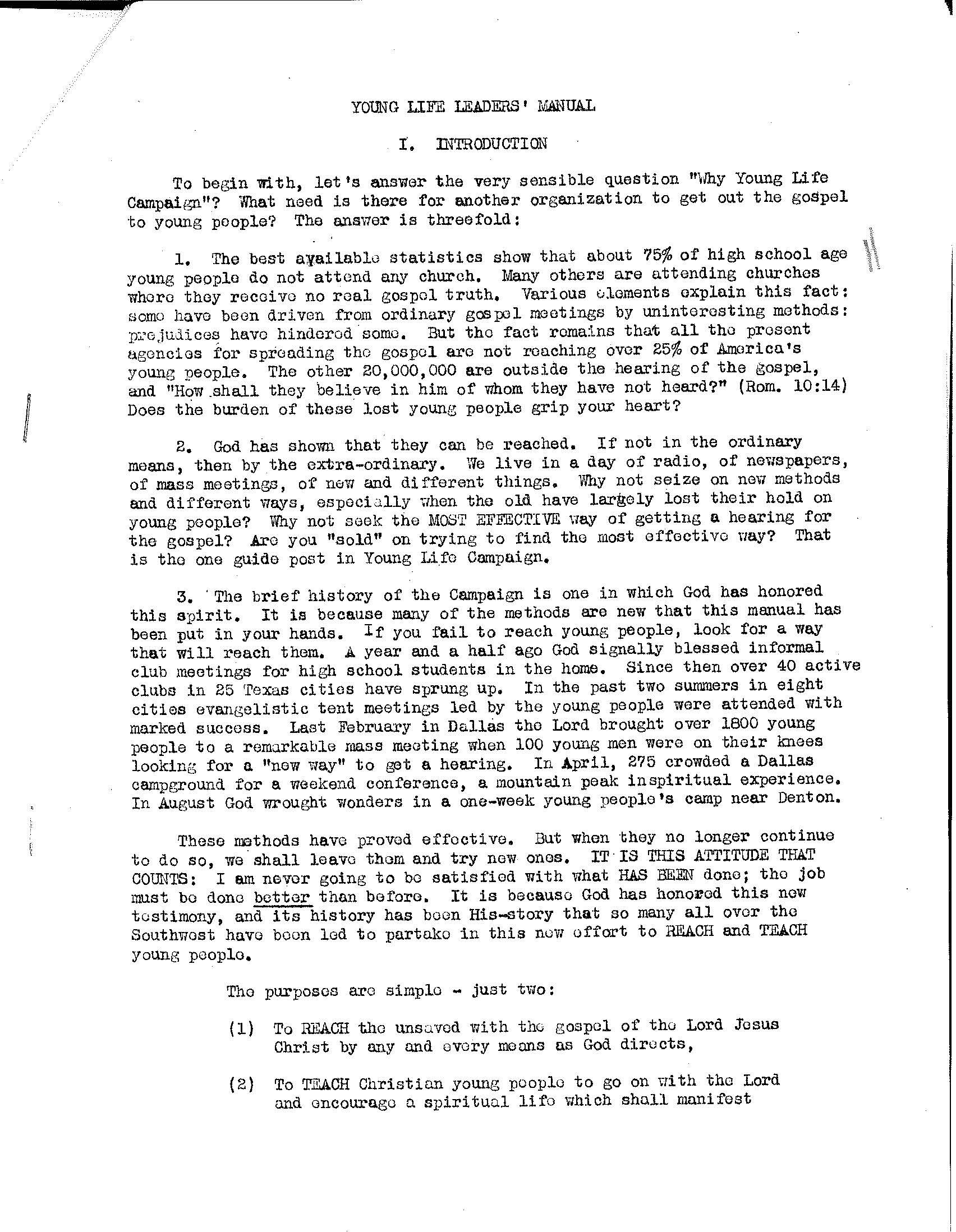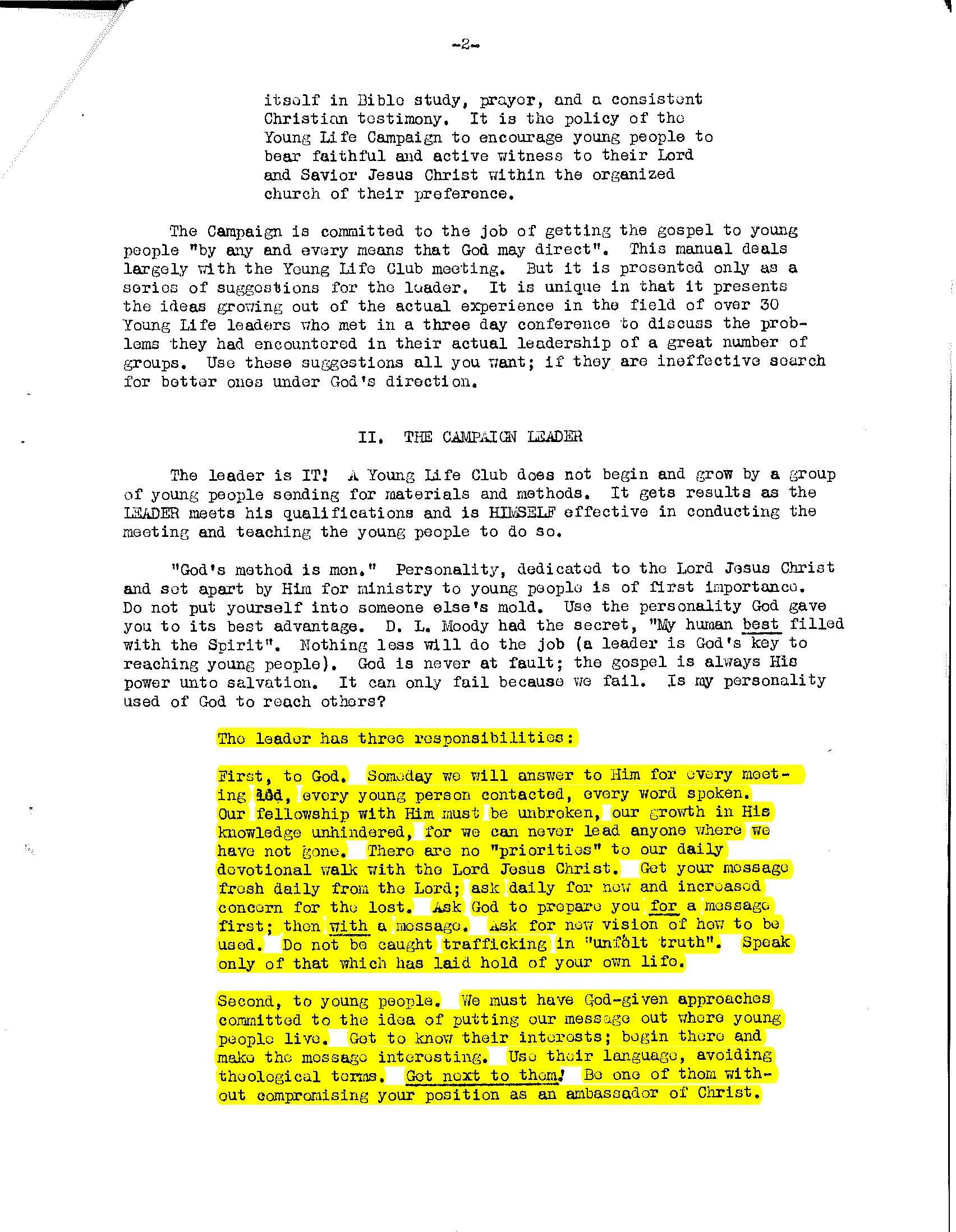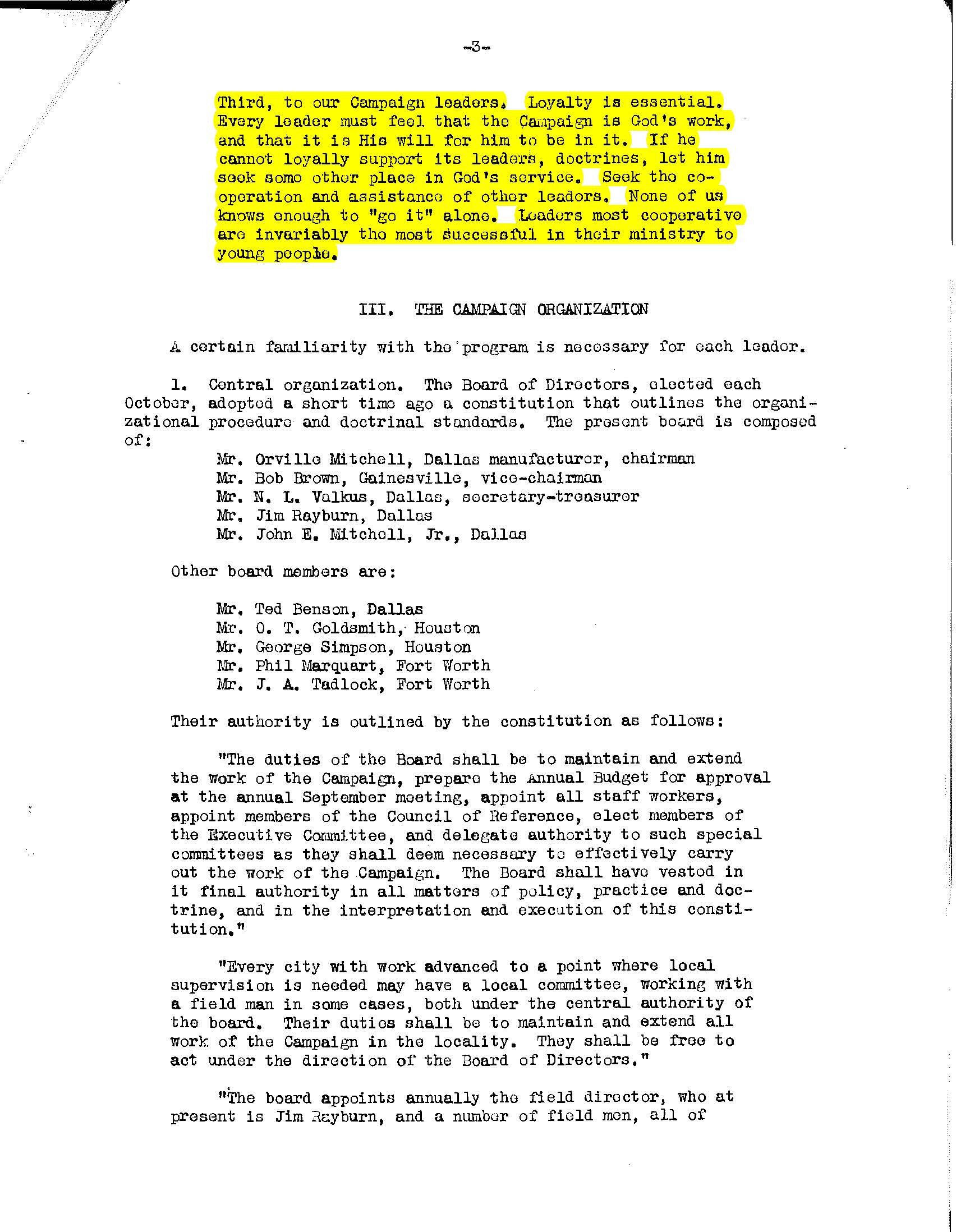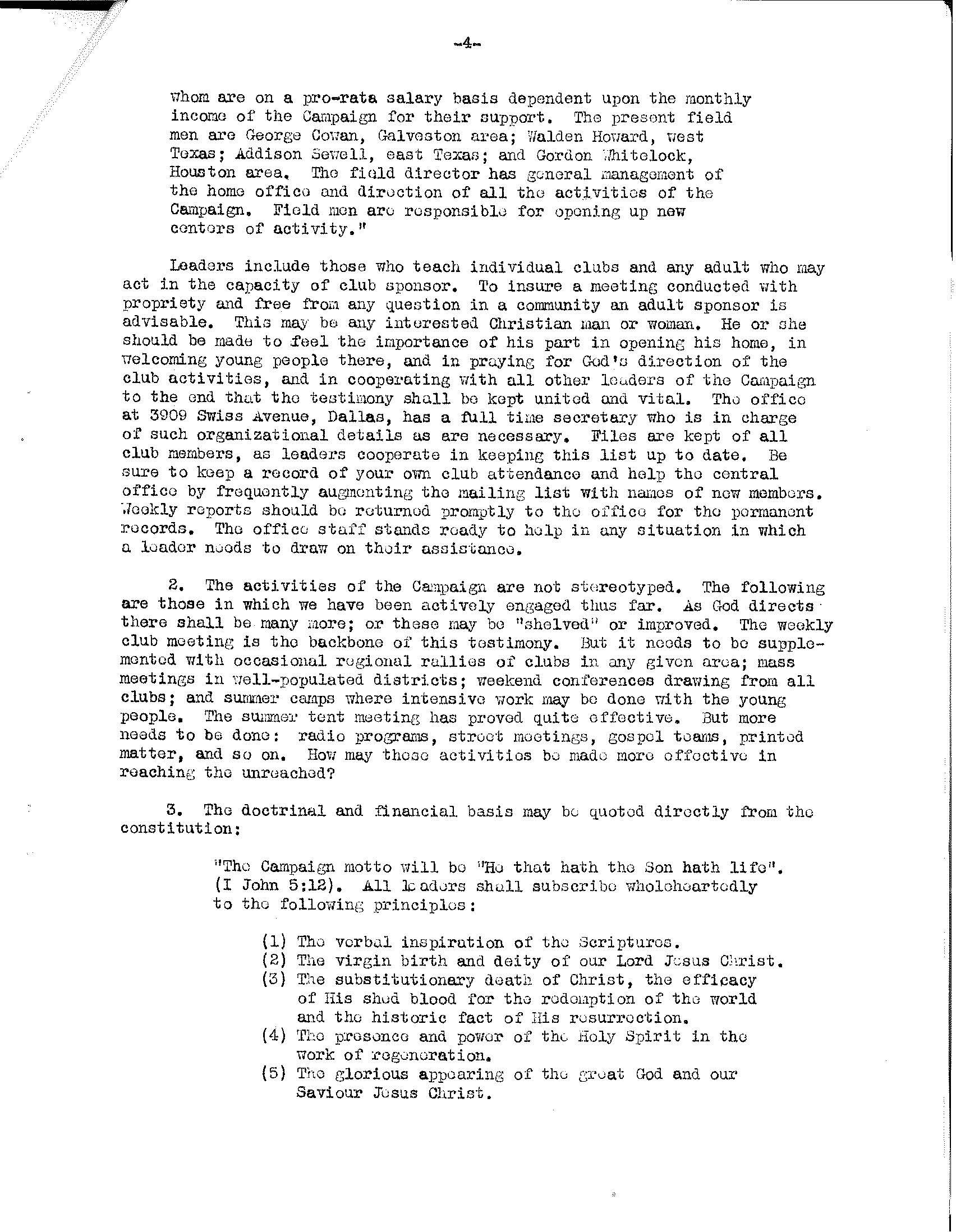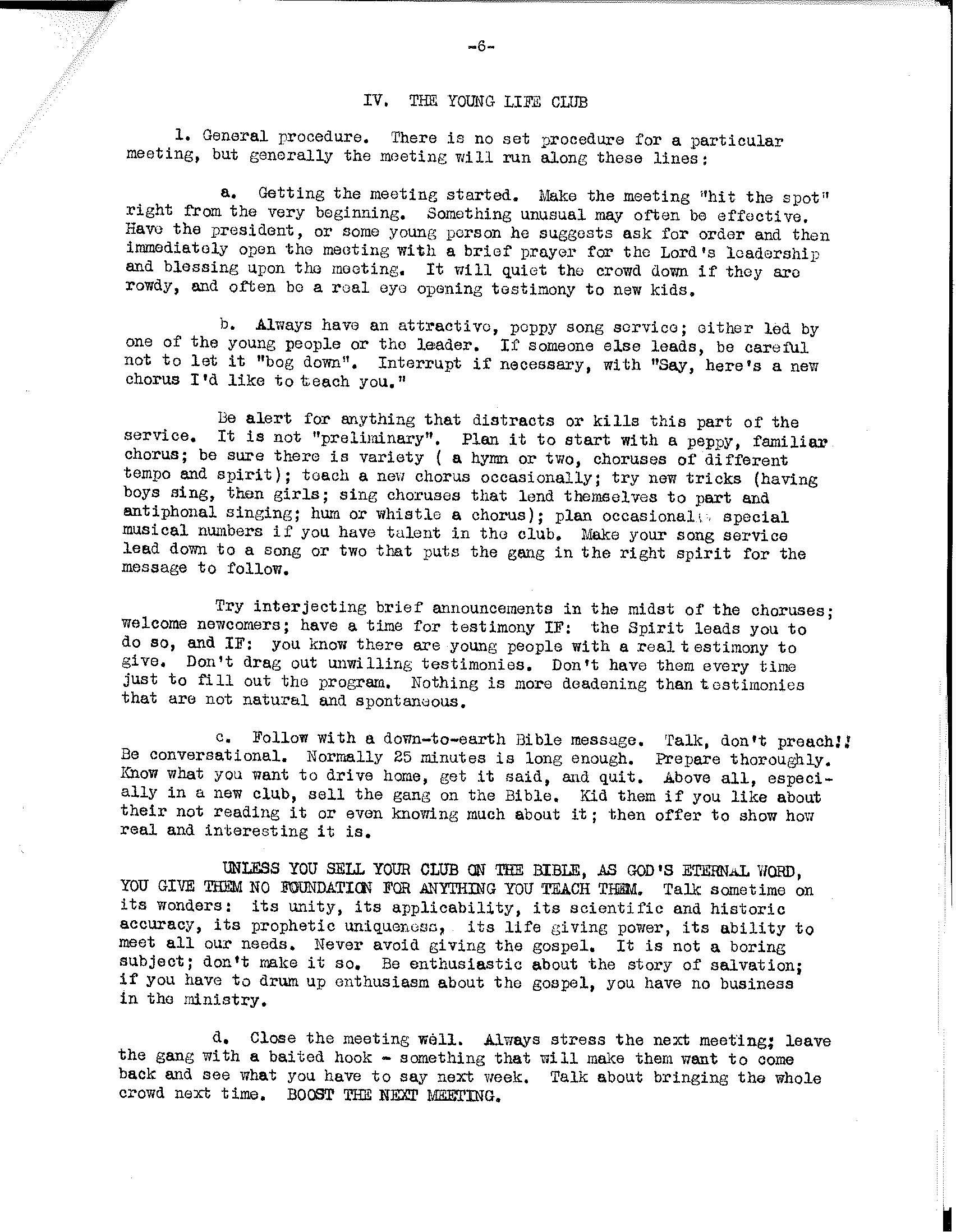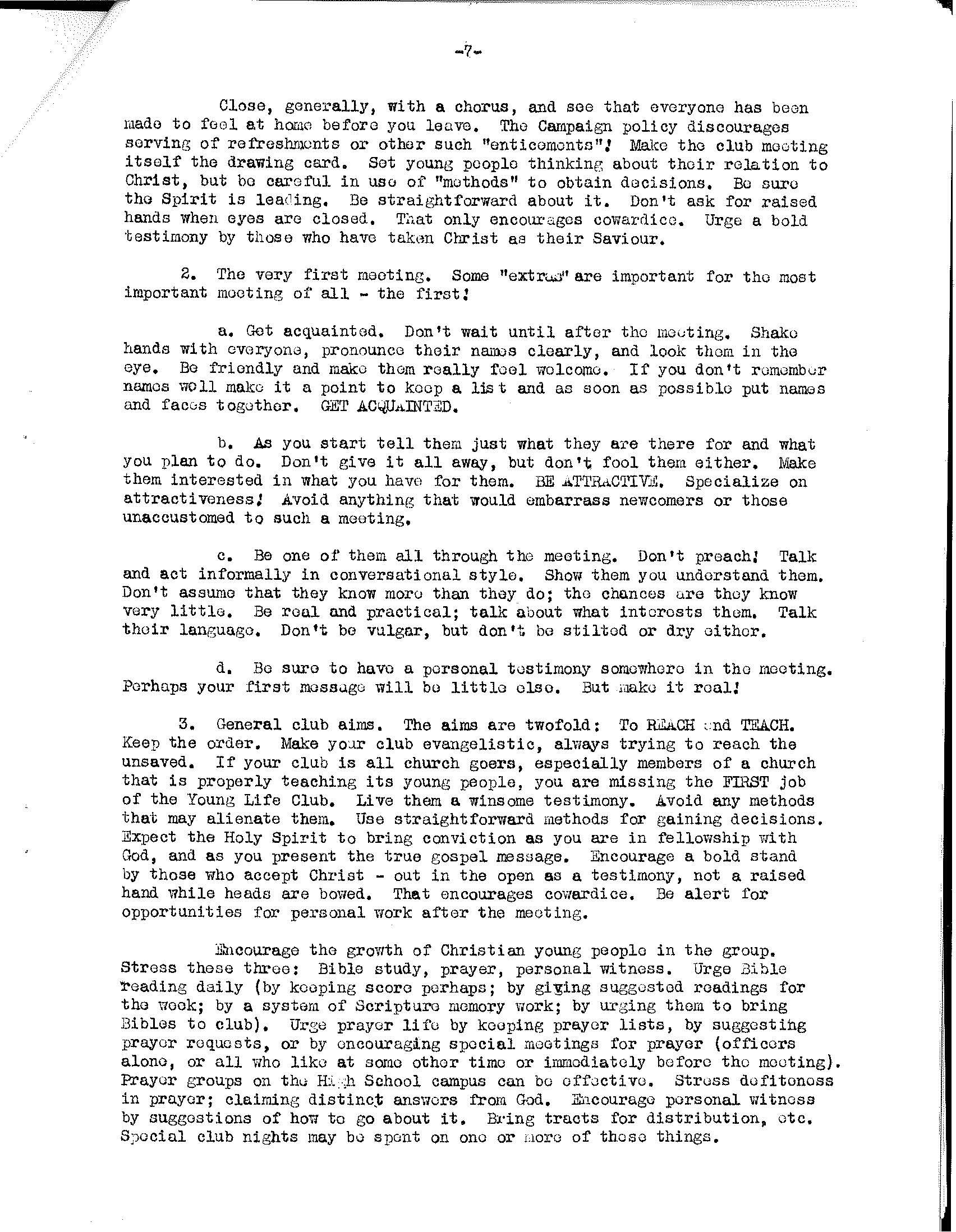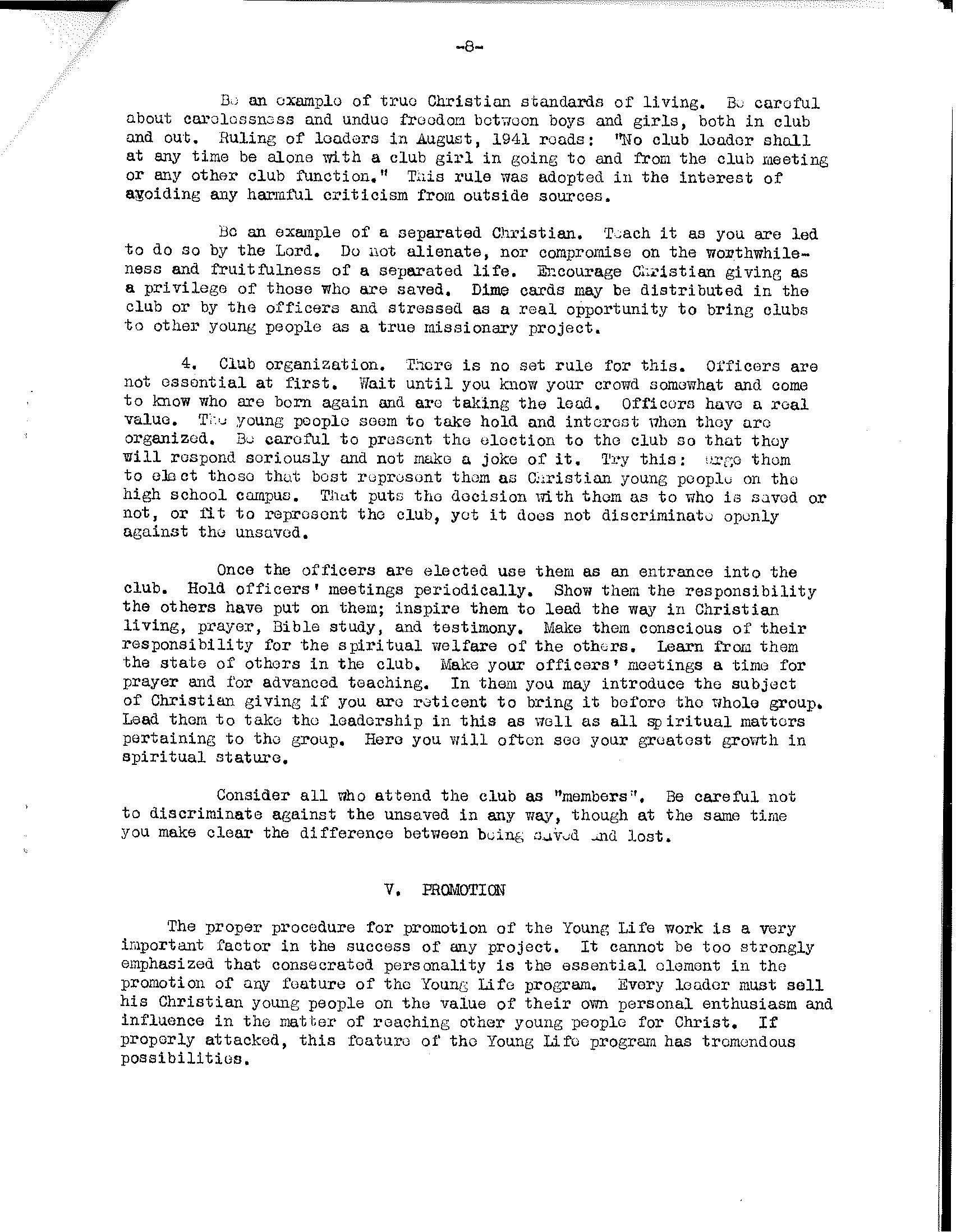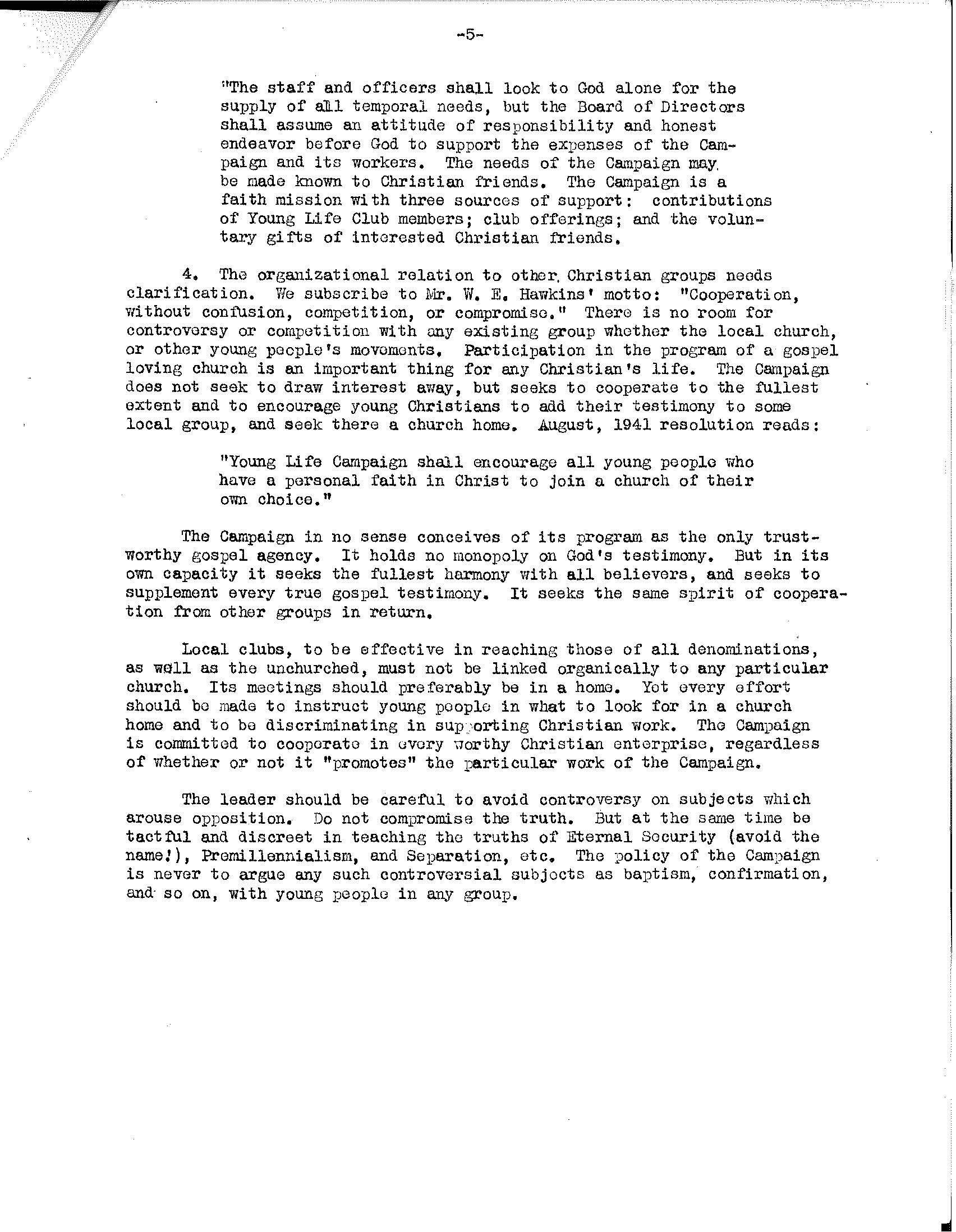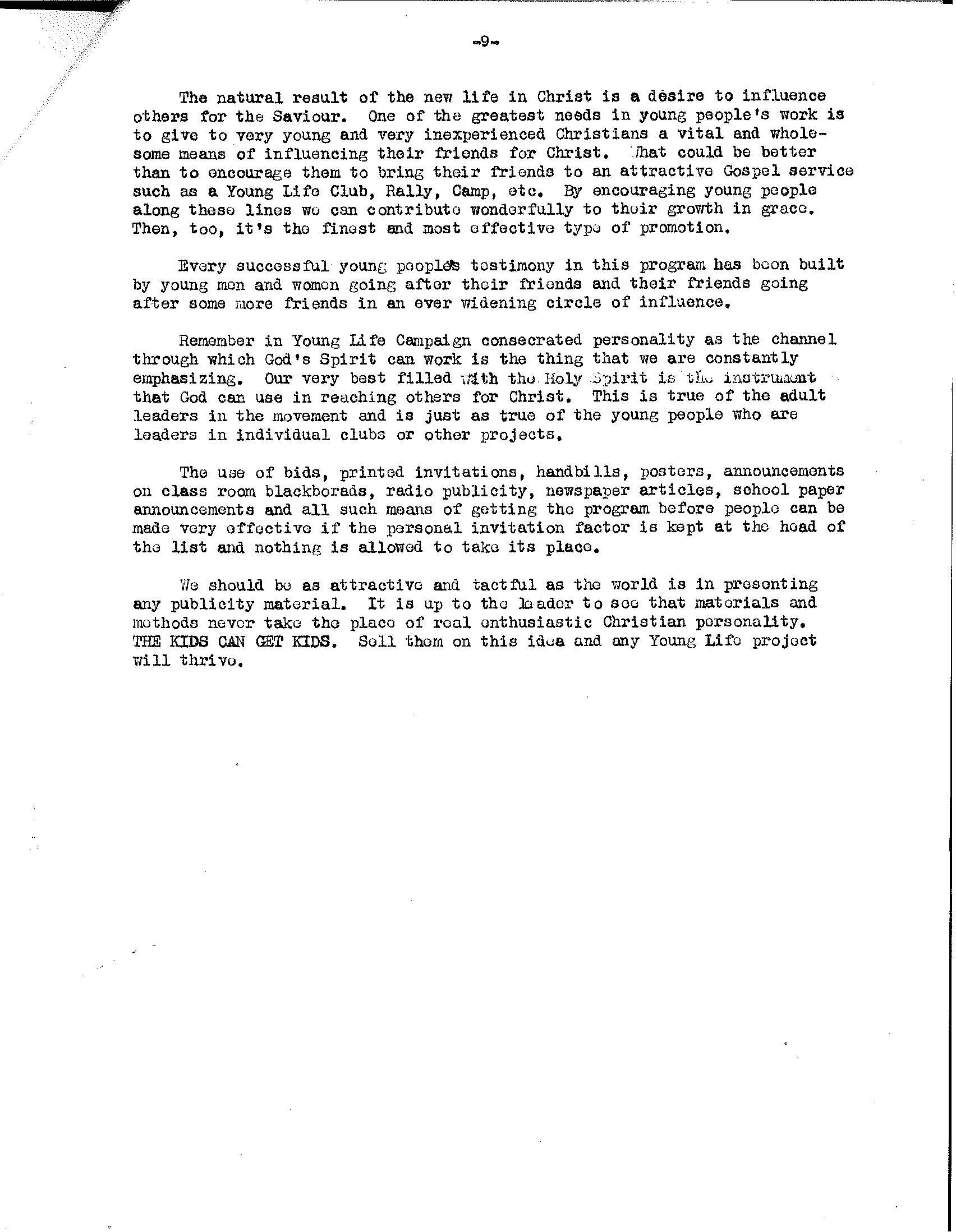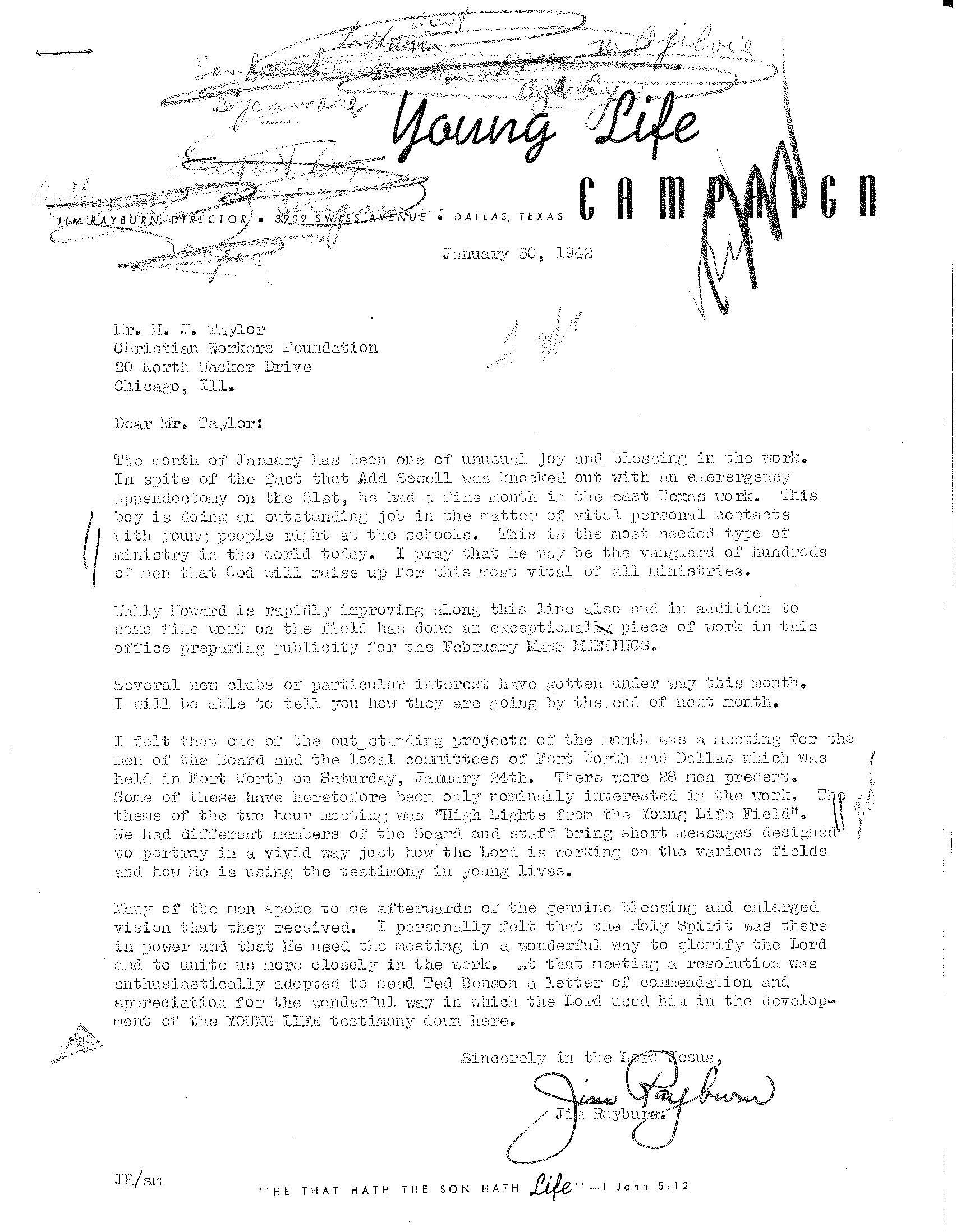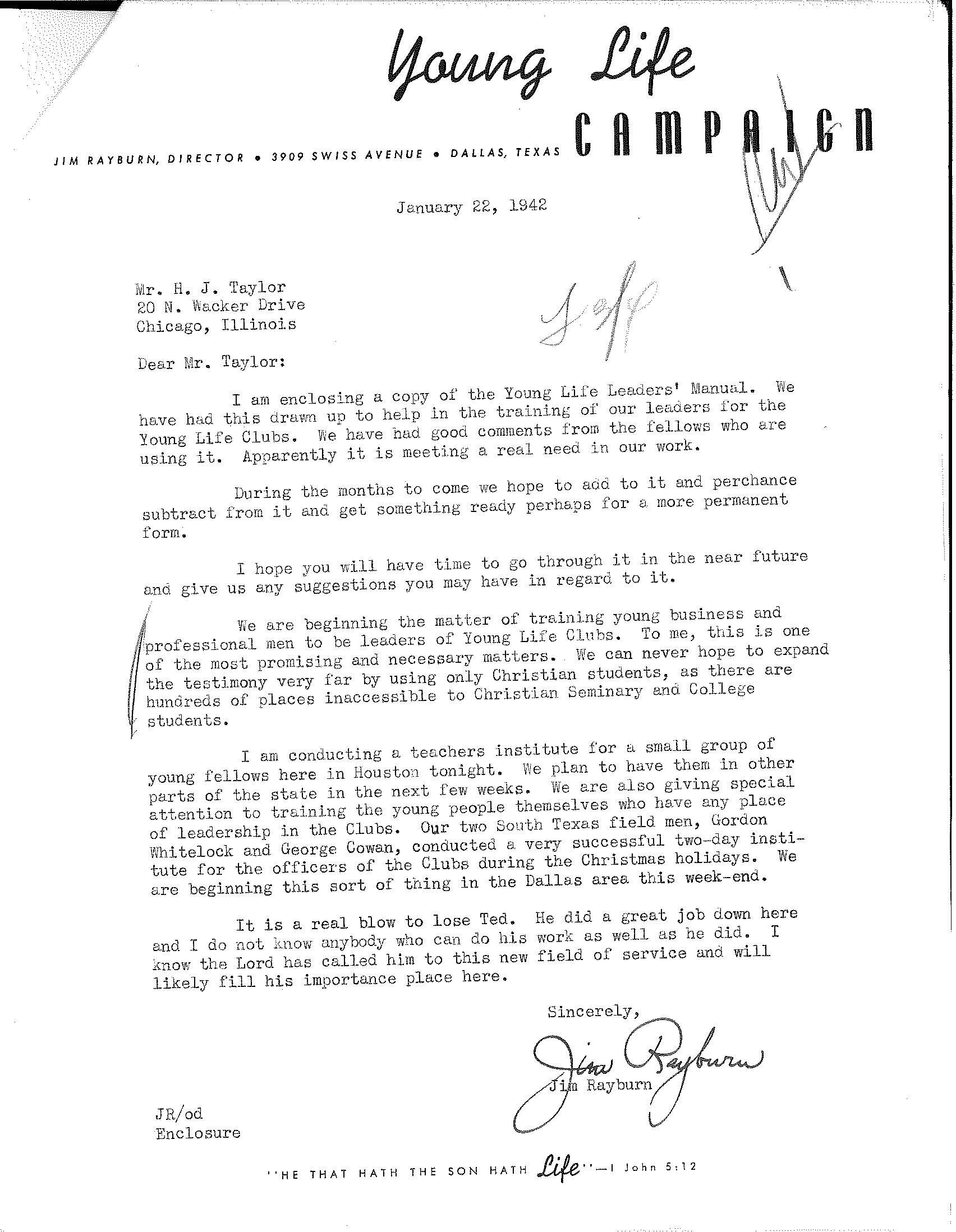What happens when almost 10,000 people across the Young Life mission are bound together by a unified focus on several key Biblical passages and truths? What happens when God’s word is laid before almost 10,000 people in ways that are intended to shape and form their Biblical engagement not just for a month but for a lifetime, not just at a head level but also at a heart level?
For the first time in the mission’s history, this summer all US Work Crew, Summer Staff, Assigned Teams members, Assigned Team spouses, camp interns, camp staff, and the entire Camping Department engaged with the same discipleship materials: a 30-day guided devotional called Rooted. They were joined by their counterparts at Rockridge (the Young Life Canada camp property), the work staff and assigned teams at Cairn Brae (our Scotland camp), and the Summer Staff at Pico Escondido (our Dominican Republic camp). In a few especially delightful cases, they were also joined by Assigned Team children as young as ten.
The vision behind Rooted was wide (all the camps, all the people, all the boxes of all the books) and deep (rich layers of scriptural contemplation and spiritual growth) and long (habits and practices to last a lifetime).
In a certain sense, our mission-wide venture (such as it was, for there is enormous potential for growth at the global level) was a sort of built-in liturgical lectionary experience. Throughout the summer months, we all read the same scriptures about being firmly rooted in Christ (Psalm 1, John 15, Galatians 5, Colossians 2:6-7, and more). Knowingly or not, we corporately inhabited a space of shared communal scripture. We heeded Paul’s encouragement to the believers of Colossae to, “Let the message about Christ, in all its richness, fill all y’all’s lives. Teach and counsel each other with all the wisdom he gives. Sing psalms and hymns and spiritual songs to God with thankful hearts. (NLT, southern style)
Friends from the same town, who served on Work Crew at different properties, read and studied the same scripture passages. They considered the same daily challenges. They engaged in the same reflective practices. They returned home, from different places, with a shared experience.
Summer Staff and camp staff, working in different departments, came together as time and context allowed, and engaged one another with simple yet profound issues of, “What did you think about…?” or “Tell me about ...” or “I’d love to hear what you wrote about ...”
Members of the camping department, from their offices in Colorado Springs, read alongside thousands of high school and college students, prayed for them daily and specifically as prompted by the parallel scripture passages, and inhabited the same scriptural context.
Whether new to their faith or deeply entrenched in their faith, people of all ages, serving in all roles, learned and practiced meaningful and replicable ways of engaging God’s word on a daily basis, both corporately and on their own.
As one Work Crew Boss noted: “The thing I loved about it was that all across the mission, we were literally on the same page.”
We hope and pray that continues, not just literally each summer, but also metaphorically each day. For we are all children of the same Father, serving the same Christ, filled with the same Spirit, living the same mission, and pursuing the same vision.
Paul’s vision for the Colossian believers should be our vision for all our students, all our leaders, and all our staff:
And now, just as all y’all accepted Christ Jesus as all y’all’s Lord, all y’all must continue to follow him.
Let all y’all’s roots grow down into him, and let all y’all’s lives be built on him.
Then all y’all’s faith will grow strong in the truth all y’all were taught, and all y’all will overflow with thankfulness. (Colossians 2:6-7)
We are an all y’all mission, flowing from an all y’all faith. For a few months this summer, we strived to embody all y’all at our camps, not just in our gospel proclamation but also in our devotional practice.
FAQs:
Rooted was the first of what will be an annual publication for the summer camping experience.
The 2020 devotional will focus on true Biblical identity of God the Father, God the Son, God the Spirit, and God’s Children.
We received requests from staff all across the field for copies of Rooted, both for their own use (so they could follow along while their students served on WC or SS) and for area use (Campaigner groups, leadership, etc.).
We are hoping to offer a field version of Rooted (exact same book, minus the intro letter to WC/SS).
We are dreaming of similar styled content for extended field use in small group discipling contexts.
Written by: Crystal Kirgiss crystal.kirgiss@comcast.net

